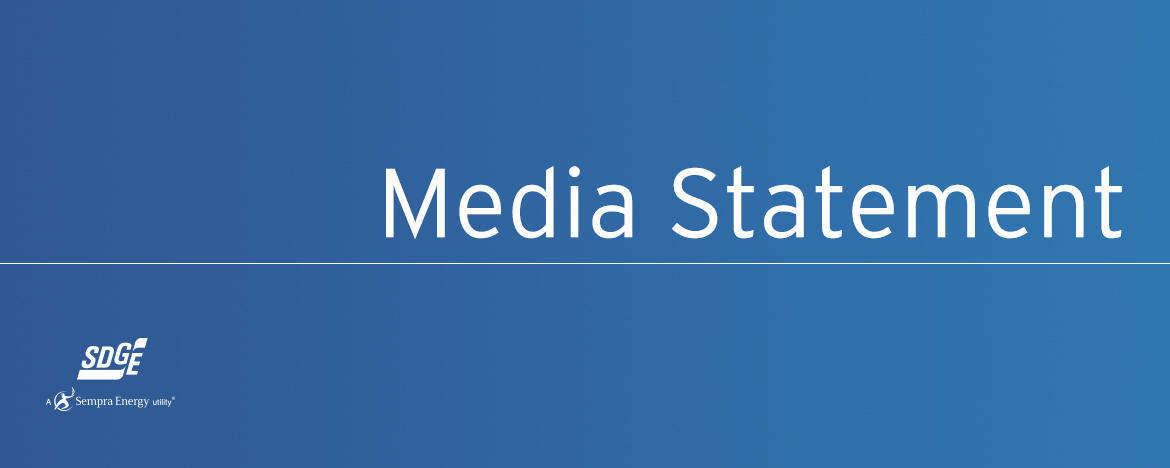Wildfire prevention and mitigation is a top priority for SDG&E. Over the past decade, SDG&E has invested approximately $1.5 billion in wildfire safety and mitigation measures to better protect our communities and residents from devastating wildfires. These efforts include strengthening our infrastructure (such as replacing wood poles with steel poles and undergrounding power lines); enhancing our situational awareness with weather stations and fire-monitoring cameras; building partnerships with public safety agencies to enhance emergency response and preparedness; and contracting for a firefighting helicopter (known as the Aircrane) to be stationed here year-round.
Factors that Contribute to Wildfires
There are many factors that contribute to wildfires that are out of SDG&E’s control. For example, climate change is fueling increasingly frequent and devastating wildfires. About 57 percent of the region served by SDG&E in San Diego and southern Orange Counties is classified as being in a High Fire Threat District by the California Public Utilities Commission. As the region continues to grow, more and more people live in what is called the wildland-urban interface, where they border areas with a high fire risk potential.
SDG&E can control neither where developments occur nor the climate conditions, which include high temperatures, drought, low humidity, and – most importantly – severe Santa Ana winds. High winds can blow debris into our power lines and spark fires.
Ongoing Fire Safety Investments
We continuously make investments to strengthen our electric system and mitigate risk. To date, we have upgraded about 18,000 wood poles with steel poles and undergrounded about 60 percent, or 10,000 miles, of our electric system.
Below are key ongoing and future investments we plan on making to reduce wildfire risk, as outlined in our Wildfire Mitigation Plan approved by the California Public Utilities Commission:
- Cleveland National Forest Fire Hardening Project:
SDG&E has developed a series of projects to strengthen 12kV and 69kV electric facilities spread throughout an approximately 880 square mile area in the eastern portion of San Diego County.
For 2019, SDG&E plans to upgrade 28 miles of 69kV transmission lines and 243 structures, as well as 22 miles of distribution lines and 308 structures.
- Fire Risk Mitigation program (FiRM):
Through this program, SDG&E will fire harden the overhead electrical distribution system by replacing select conductors, poles, and equipment within fire threat areas.
- The Pole Risk Mitigation and Engineering (PRiME) program:
Through this program, SDG&E will perform pole loading assessments on 170,000 wood distribution poles in High Fire Threat Districts. Third parties, such as telephone companies, attach equipment our poles. Overloading the poles with equipment can create risks. If we identify overloading risks through this program, we will perform remediation work.
- Advanced Vegetation Management:
SDG&E is embarking on a new initiative to leverage artificial intelligence to more effectively manage and trim trees and bushes located near our electric infrastructure. In our service territory, there are nearly half a million trees that are growing near and around our power lines. As part of our advanced vegetation initiative, we plan to overlay historical weather data on top of our vegetation databases so we also consider locally known weather conditions to determine how much a tree or bush needs to be trimmed. Tree trimmers can stay ahead of a tree’s growth spurt if they are informed by historical weather data, such as the direction of the wind, the severity of the wind, and rainfall in a particular area, in combination with knowledge about a plant species and its typical growth rate.


